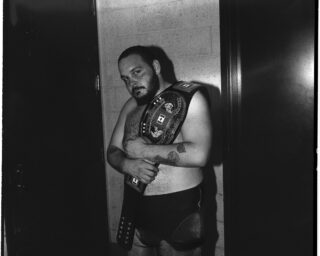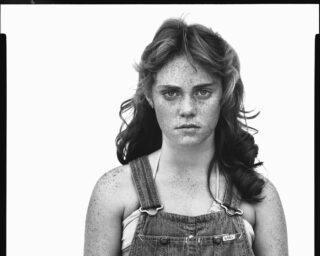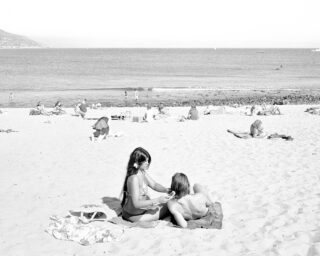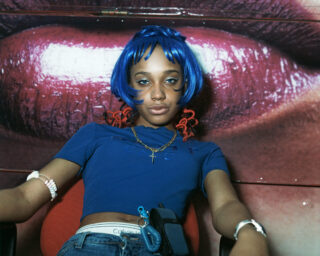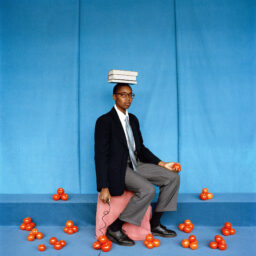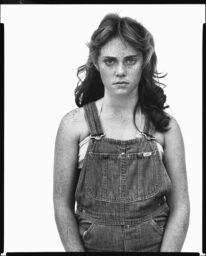Man Ray as You Don't Know Him
Rediscovering the surrealist artist’s Unconcerned Photographs.
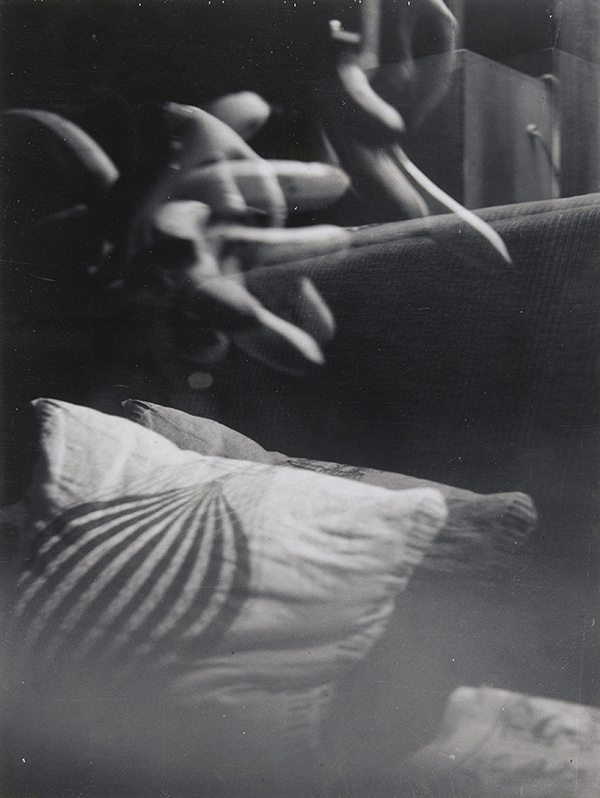
Man Ray, Unconcerned Photograph, 1959
© Man Ray Trust/ADAGP, Paris and DACS, London
In 1960, the Museum of Modern Art (MoMA) held The Sense of Abstraction, its second show on the relationship between photography and abstract art in under ten years. Following Abstraction in Photography, in 1951, which mixed scientific and fine art photographs, The Sense of Abstraction shifted direction, redefining the topic at hand. The curatorial approach of the 1960 show was bolstered by the international profile of Abstract Expressionism, particularly the posthumous celebrity of its fastest burning star, Jackson Pollock. MoMA curator Grace Mayer brought together three hundred works by over seventy artists, with many names that one would expect at this time, such as Harry Callahan, Aaron Siskind, and Frederick Sommer, but also with a look back to the generation of László Moholy-Nagy, Alfred Stieglitz, and Edward Weston.
Recently, while researching in MoMA’s collection, I was not surprised to find Man Ray on this list of artists, but the body of work appearing with his name, Unconcerned Photographs (1959), was unfamiliar to me. In response to Mayer’s invitation to contribute to The Sense of Abstraction, Man Ray sent MoMA a group of Polaroids produced by swinging the camera around on its strap in his Paris studio. He indicated very minimal cropping instructions and suggested that they be reproduced as gelatin-silver prints. The museum then ordered seven Masonite-mounted enlargements for the exhibition, so that, as objects, they would sit happily alongside the works of Man Ray’s contemporaries.
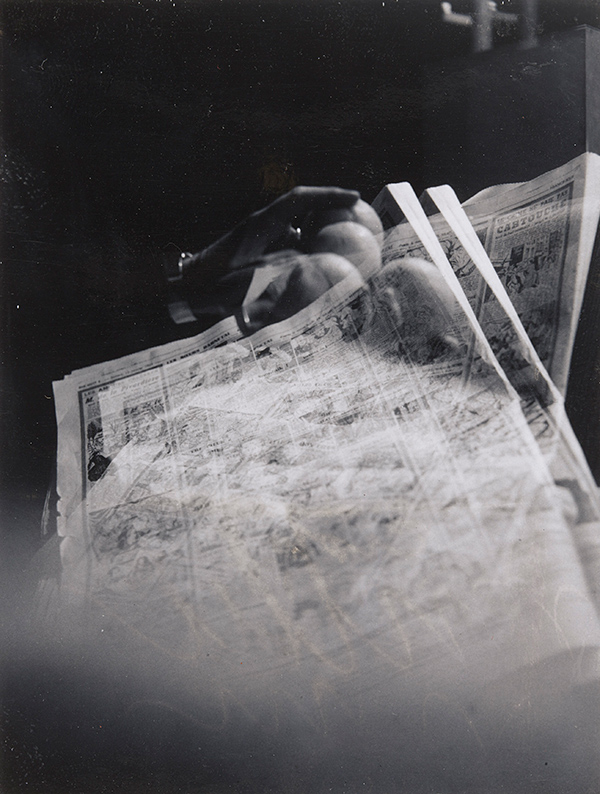
Man Ray, Unconcerned Photograph, 1959
© Man Ray Trust/ADAGP, Paris and DACS, London
It’s interesting, however, to reflect on the fact that both the process and title of Man Ray’s contribution ran counter to the prevailing values of most of the photographers celebrated in The Sense of Abstraction, for whom painstaking composition and exceptional printing were de rigueur. Could it be that Man Ray’s Unconcerned Photographs were offered to MoMA with more than a hint of an ex-Dadaist’s wink? And that the relative lack of concern, since 1960, for this body of work suggests a deeper poetry in Man Ray’s sense of abstraction than even he might have dreamed possible? With the inclusion, more than fifty years later, of Unconcerned Photographs in the 2018 Tate Modern exhibition Shape of Light: 100 Years of Photography and Abstract Art, Man Ray finally finds himself in the company not just of photographers, but of the painters and sculptors who contributed to the invention of abstract art.
To continue reading, buy Aperture, Issue 230 “Prison Nation,” or subscribe to Aperture and never miss an issue.
Shape of Light: 100 Years of Photography and Abstract Art is on view at Tate Modern, London, May 2–October 14, 2018.















